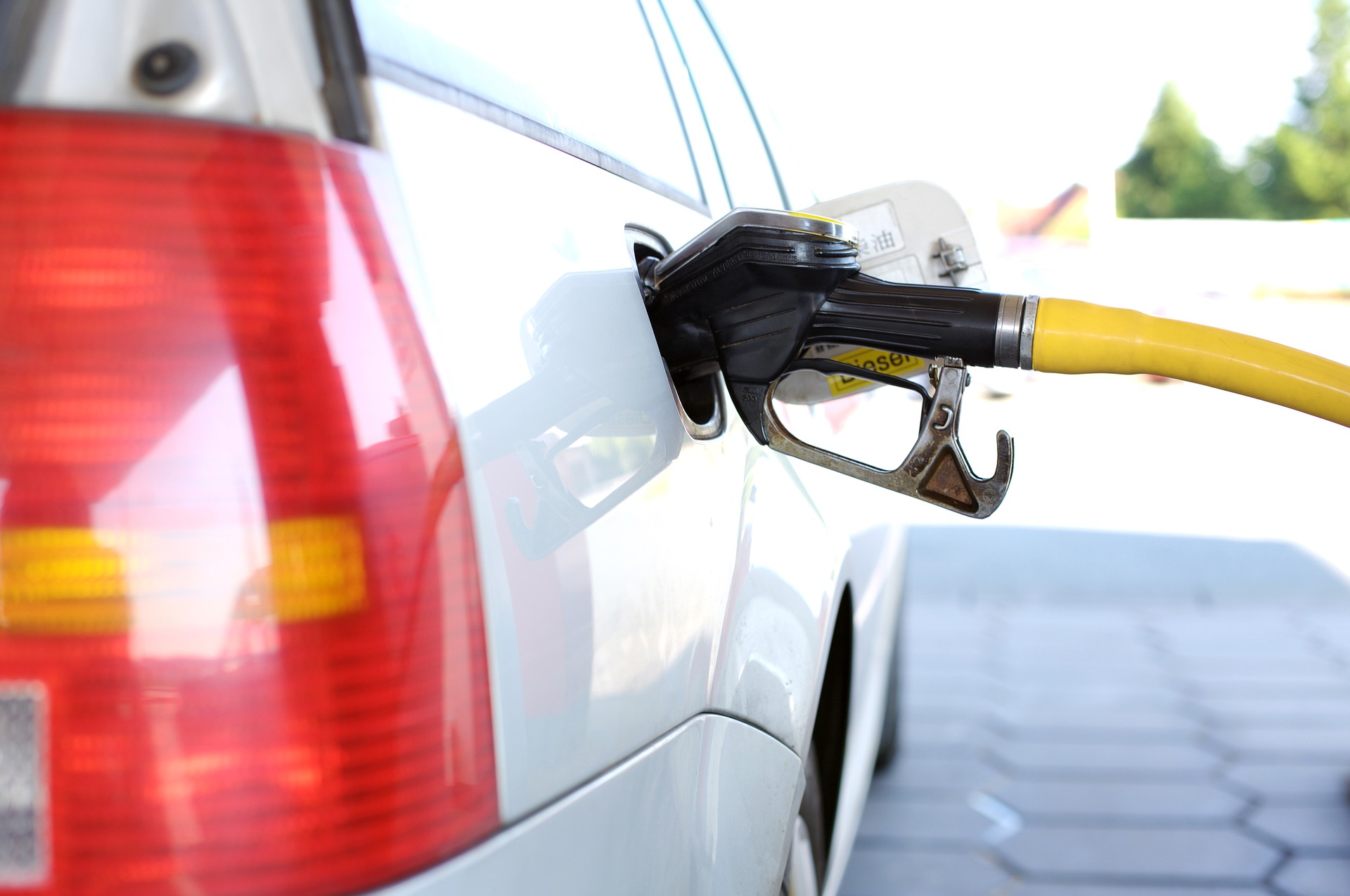The average price of gasoline across Northern West Virginia is five cents cheaper this week at $1.851 per gallon, according to AAA East Central’s Gas Price Report.
Eight Mid-Atlantic and Northeast states still have gas price averages of $2/gallon or more: New York ($2.29), Washington, D.C. ($2.24), Pennsylvania ($2.16), New Jersey ($2.14), Connecticut ($2.07), Rhode Island ($2.05), Massachusetts ($2.04) and Vermont ($2.03). As gas prices are expected to push cheaper this month, many of these states may push near or below $1.99/gallon before May 1. At $1.76, North Carolina carries the cheapest average in the region.
On the week, gas prices are 3 to 15 cents cheaper in the region. Vermont saw the largest decline and was the only state to see double digit drops. Most state averages in the region pushed less expensive by six to eight cents in the last seven days.
Regional gasoline stocks saw a significant 5.1-million-barrel build, according to the latest Energy Information Administration (EIA) data. The build can be attributed to supply intake from other regions as regional refinery utilization fell to 51%. The addition of stocks brings total regional levels up to nearly 66 million barrels. Gas prices are positioned to see continued decreases in the week ahead.
The following is a list of the average prices in several West Virginia locations:
$1.999 Bridgeport
$1.993 Clarksburg
$1.834 Huntington
$1.955 Martinsburg
$1.877 Morgantown
$1.819 Parkersburg
$1.694 Weirton
$1.638 Wheeling
On the National Front: Today’s national gas price average is $1.92. That is nine cents cheaper than last Monday, 48 cents less than a month ago and 81 cents less expensive than a year ago. On the week, pump prices continued to push less expensive with gasoline demand registering at its lowest point since 1993. The latest EIA weekly report puts demand at 6.7 million b/d – a nearly 30-year low – and it’s likely to push lower as Americans are urged to stay at home at least until the beginning of May.
This week, market analysts are watching crude oil prices, which started to increase at the end of last week. At the end of Friday’s formal trading session, West Texas Intermediate increased by $3.02 to settle at $28.34 per barrel. This is largely due to the news that the Organization of the Petroleum Exporting Countries (OPEC) and its partners, including Russia, plan to hold an emergency meeting to discuss potentially curtailing the global oversupply of oil. However, given the drastically low demand readings, the current increases in crude aren’t likely to have a large impact on gas prices in the near-term.
In addition to crude oil, market analysts are also watching refinery rates. The U.S. refinery utilization average is down to 82%, a low not seen since September 2017. Given the drop in crude oil and gasoline demand, which is expected to push even lower, refineries are reducing production in hopes this could help to balance the amount of gasoline supply in the country.
Motorists can find current gas prices nationwide, statewide, and countywide at GasPrices.AAA.com.

